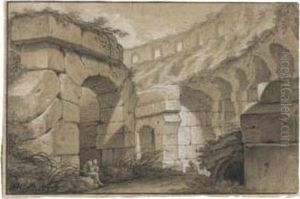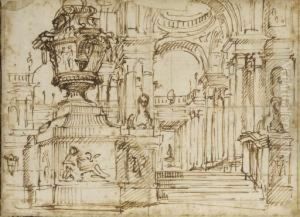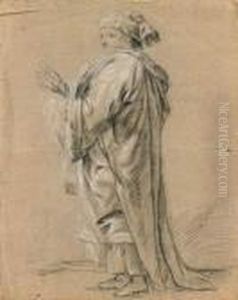Charles Michel-Ange Challe Paintings
Charles Michel-Ange Challe was a French painter and engraver born in 1718 in Paris, France. He was known for his classical style and his work during the Rococo period, which was characterized by ornate and asymmetric designs with an abundance of curves and natural motifs. Challe received his artistic training under the guidance of famous French painter François Boucher, who was a proponent of the Rococo style and influenced Challe’s work significantly.
Challe's career was marked by his ability to blend the grandeur of the classical tradition with the elegance and lightness of Rococo. His paintings often featured mythological and allegorical subjects, rendered with a delicate touch and a keen eye for detail. This earned him a place in the French Royal Academy of Painting and Sculpture in 1749, which was a significant recognition of his talent and contribution to French art.
Throughout his life, Challe received commissions from notable patrons, including members of the French aristocracy and the Royal family. His works were exhibited at the Salon, the official art exhibition of the Académie des Beaux-Arts in Paris. Despite his success, Challe's life was not without difficulties. He competed with other great artists of his time for commissions and recognition, and the changing tastes of the period eventually led to a decline in the popularity of the Rococo style.
Challe was also known for his engravings, which demonstrated his skill in capturing the essence of his subjects with fine lines and attention to composition. These works further disseminated his style and contributed to his reputation.
Charles Michel-Ange Challe passed away in 1778 in Paris, leaving behind a body of work that reflects the transitional period between the Rococo and Neoclassicism. His legacy is preserved in the collections of various museums and galleries, where his paintings and engravings continue to be appreciated for their beauty and historical value.
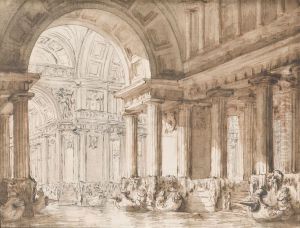
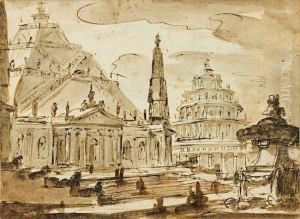
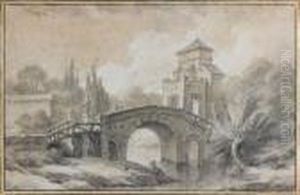
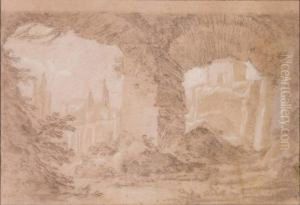
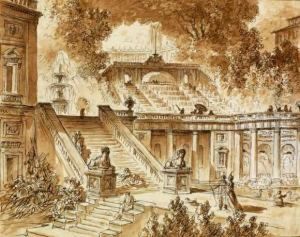
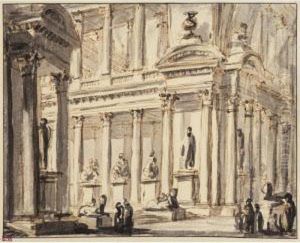
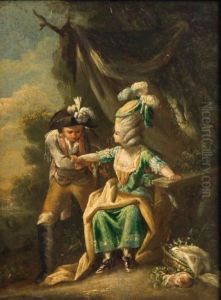
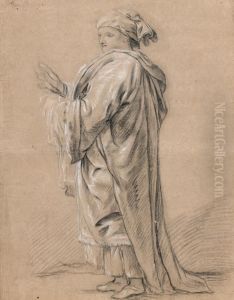
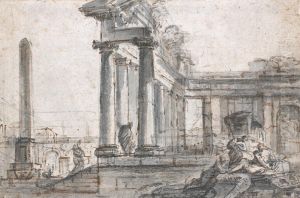
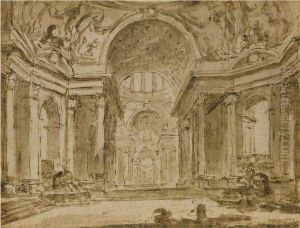
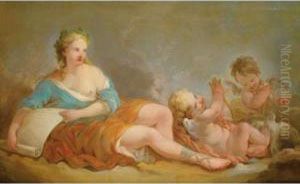
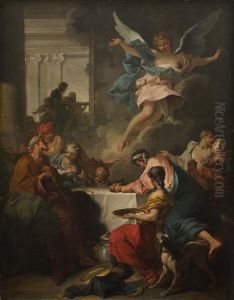
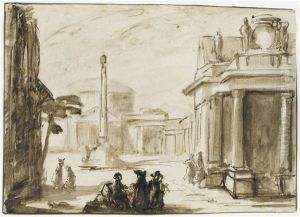
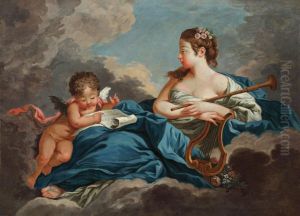
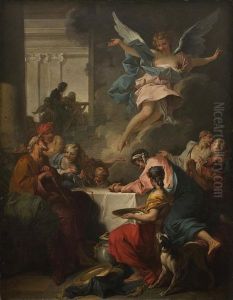
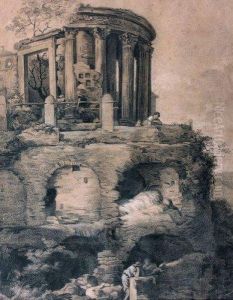
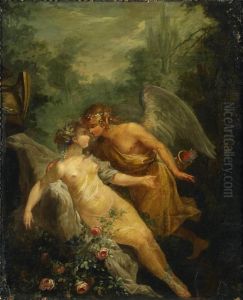
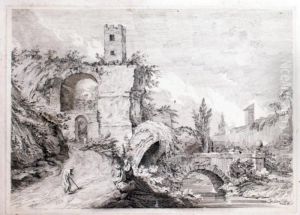
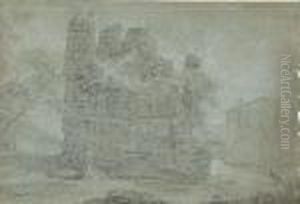
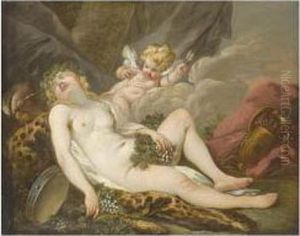
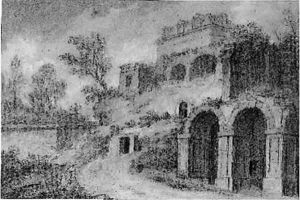
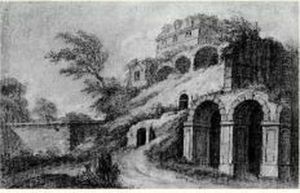
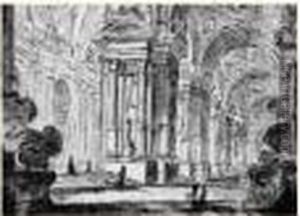
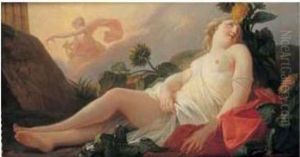
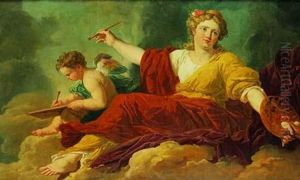
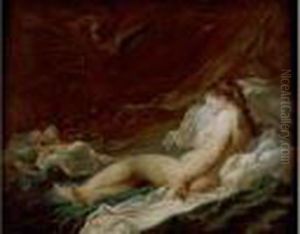
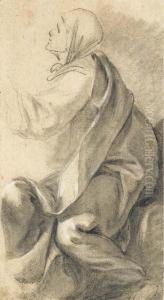
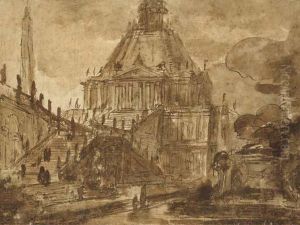
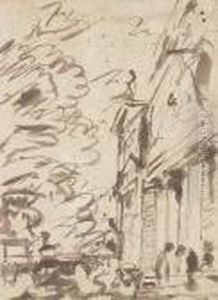
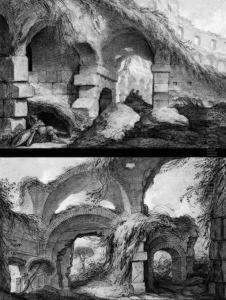
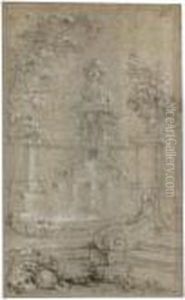
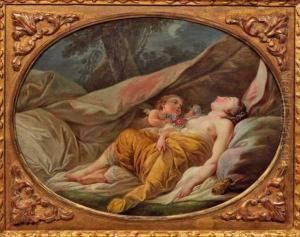
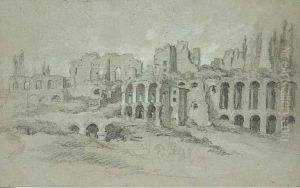
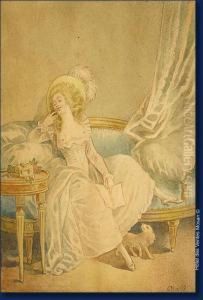
![Paysage Au Pont [ ; Landscape With Bridge ; Black Chalk, Heightened With White Chalk]](https://www.niceartgallery.com/imgs/1227095/s/charles-michelange-challe-paysage-au-pont-landscape-with-bridge-black-chalk-heightened-with-white-chalk-287b93bc.jpg)
